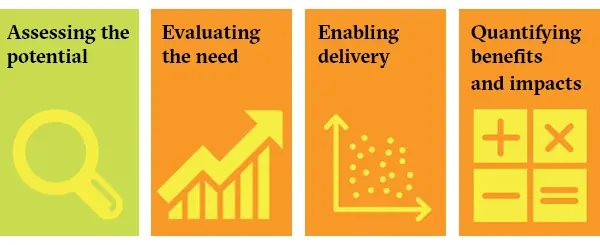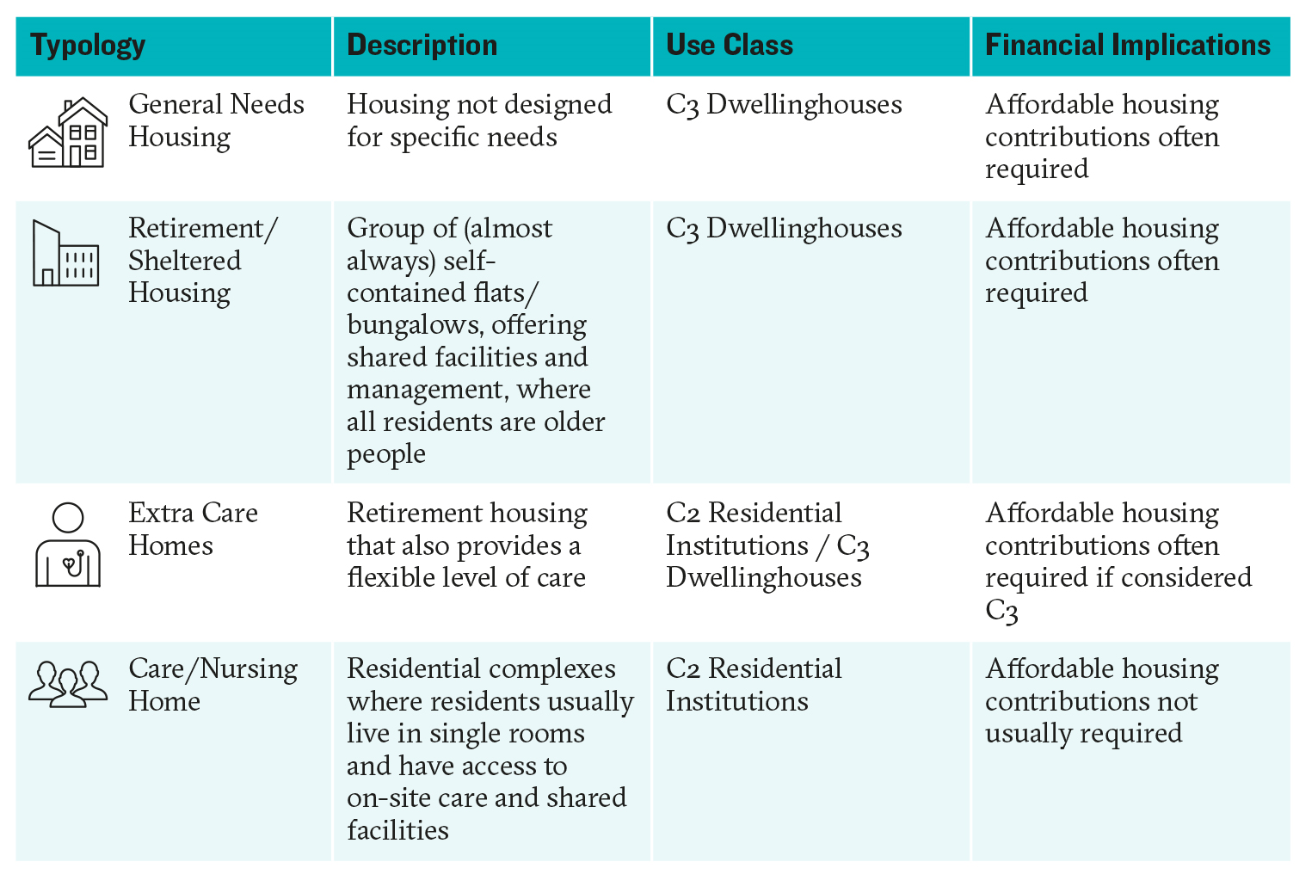Blog inspiration is a fickle process that can often strike at unusual times, as I discovered recently at a rural diversification seminar, where I was particularly intrigued by the implementation of monitoring technology in the agricultural sector. The pinnacle of this was a device that strapped around a cow’s neck to monitor core temperatures, rumination, stress levels, posture and gait - amongst other things. The device is then able to send notifications to the farmer’s phone, if there is any issue with said cow. This early warning system allows farmers to ensure that the best level of care can be provided immediately for each cow, and then be on hand immediately should something be wrong with the animal.
This led me to consider how UK agriculture will fare in a post-Brexit landscape and what role improved technology can have on farm diversification methods. Many farmers are currently reliant on their single farm payments through Common Agricultural Policy (CAP) subsidies to run their businesses at a profit. Should there be no such payment when we leave Europe, how will they balance the books without state funding?
Many farms without their single farm payments would not run at a profit. UK agriculture will have to adapt should these payments be changed, and farmers will have to be astute as they look to maximise profits to ensure that their bottom line remains healthy. When New Zealand stopped paying agricultural support in 1984, following a free market government sweeping into power, it was predicted that it would ruin their agricultural economy. In fact the opposite happened, with farmers proving to be shrewd businessmen and entrepreneurs that had the capacity to diversify and reduce their production costs to provide a viable business model.
It must be said however that subsidies were not as deeply entrenched in New Zealand culture as they are in the UK, having only been introduced in 1970 as opposed to post-World War II as in the UK. The diversification was borne out of necessity, and whilst not every farmer was able to diversify (an estimated 1% left the agricultural sector) the ones who were demonstrated that an agricultural economy not reliant on hand-outs can modernise and not just stay afloat, but also operate at a greater profit.
Leaving the EU will see the CAP disappear. The CAP disburses payments to farmers and landowners calculated by the amount of land that they own and as such they have served to artificially increase the value of agricultural land. Indeed land prices in New Zealand fell by 52% in the five years following the removal of their subsidies. This inflated land price has had negative impacts on both smallholding farmers and some smaller housing developers, as land prices have been artificially high - so incentivising a farmer to sell could make a residential development project unviable. The price of land rising has made development sites riskier as their profit margin has been diminished, and/ or their ability to make contributions to affordable housing have been diminished. At the same time, smaller farmers have seen larger farms receive much more subsidy, which has allowed greater investment in machinery and newer methods, increasing competition in the sector which they do not immediately benefit from.
With no subsidies guaranteed following Brexit, the UK Government recognises that now is the time for diversification and the modernisation of UK agriculture. The introduction of a £40 million fund allows farmers to be granted up to £35,000 for investment in farm productivity projects, ranging from robotic, driverless vehicles to battery storage for renewable energy systems on-site. This grant is to cover up to 40% of scheme costs, meaning the total investment must be at least £87,500 to qualify. [1]
Clearly this is a move in the right direction but the high investment price may rule out some of the smaller farmers from qualifying. These are the farmers who would benefit most from moving towards modern production methods, as they currently receive the least amount of CAP payments.
Moving from manual to automated farming methods may present the future for UK agriculture, as labour costs are removed from the cash flow. Indeed the agricultural robotic sector is growing fast, with Goldman Sachs predicting the market to be worth £240 billion over the next five years. As companies compete to offer the most cost-effective product, the entry cost to these automated agricultural tools will fall with time. [2]
Brexit therefore potentially presents UK agriculture with an opportunity to move away from farming methods not defined by market competition; the entrenched CAP subsidies do not promote cutting edge farming methods, as there is no sense of urgency within an agricultural sector dependent on state handouts. The removal of such subsidies in New Zealand is an example of a liberated agricultural sector but the social uncertainty and hardship that would be likely to be associated with the removal of subsidies may be too much to bear, and would present an unattractive choice for government.
Should land values tumble as they did in New Zealand, development viability in rural areas would increase, due to lower land acquisition costs. This has wide-reaching implications for the housing mix in rural areas; planning policy’s ‘Rural Exception Sites’ that have been dormant may suddenly become viable. This will be a relief to younger generations within these rural areas, who have seen house prices rise to more than 8 times that of national salaries, without accommodating the fact that rural wages are often lower than those found in urban areas. [3]
The removal of EU subsidies would see the return of responsibility to the farmer, who in turn would only be responsible to consumers in the market. This represents a significant change, as farmers would no longer have to fulfil EU-enforced criteria to qualify for their subsidies. Improved opportunities to implement better technologies could be created and the use of rural land diversified, as farmers and landowners look for more profitable utilisation. Furthermore, rural communities could be liberated from their slow decline through more affordable homes being delivered in the local areas, as development sites become more viable. This would allow rural areas to retain their younger populations.
Brexit uncertainty is overshadowing many sectors of the UK economy, and with no guarantee of subsidies post-Brexit, the agricultural sector must brace itself for the possibility that they will not be replaced. This will prove to be a challenging time without a doubt, but may also present one of the largest opportunities for UK agriculture to improve its productivity in decades, and for the makeup of these rural communities to see a substantial change to their population and housing mix –for the better.
See also Lichfields’
Insight into Rural Estates, on how farm diversification through the planning system can be a profitable endeavour.
1 - http://www.fwi.co.uk/business/defra-makes-40m-available-farm-productivity-grants.html2 - http://www.bbc.co.uk/news/business-380899843 - https://www.rsnonline.org.uk/images/files/ruralhousing-guideforparishcouncils2014.pdf







